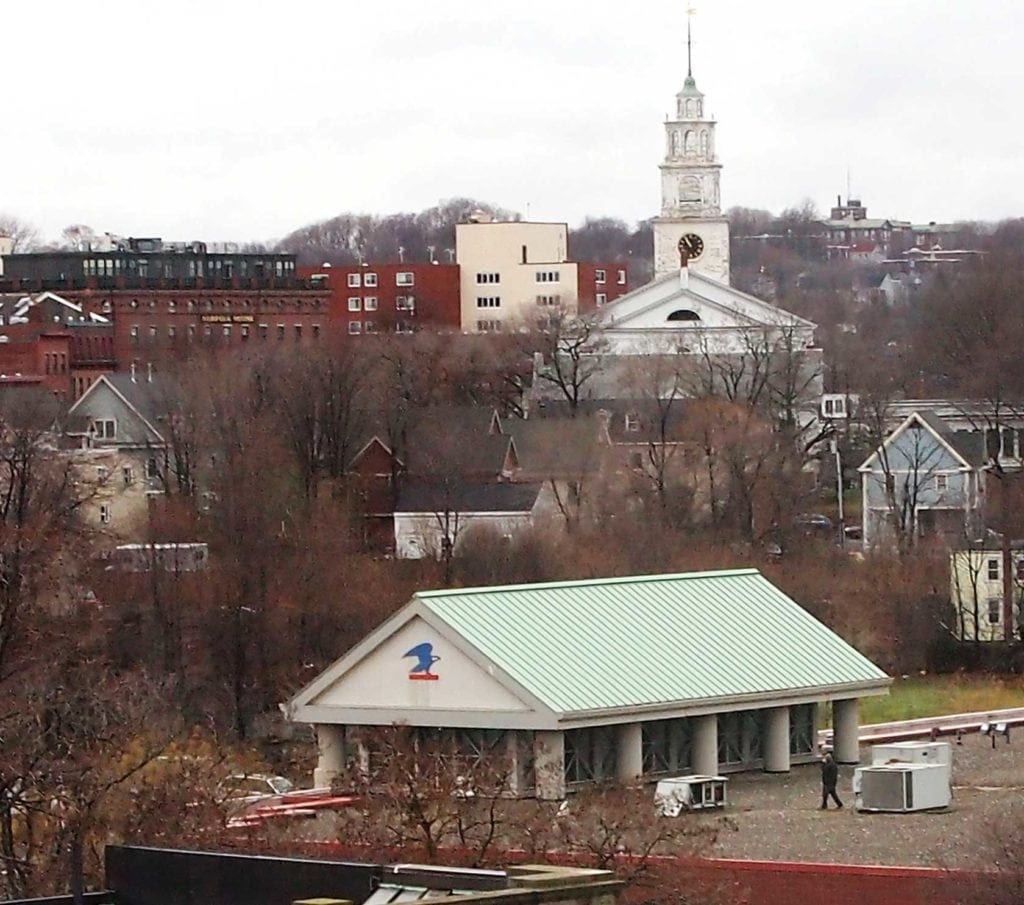
Roxbury is bounded roughly today by Massachusetts Avenue from Columbus Avenue to Washington Street, Washington Street and Blue Hill Avenue, Seaver Street alongside Franklin Park and Columbus Avenue to Massachusetts Avenue.
In 1630 this area was part of the Town of Roxbury. It was so named because of the natural rocky surface filled with a rock called puddingstone. The original boundaries of Roxbury included the present day Fenway, Jamaica Plain, Mission Hill, Roslindale and West Roxbury neighborhoods.
The Town of Roxbury north of Seaver Street was annexed to the City of Boston in 1868.
It became the heart of the black community only during the first half of the 1900s.
From 1630-1800. Roxbury was largely an area of sparsely settled farms. The farmland was eventually sold to the wealthy and leisure classes of Boston for suburban estates, country houses and summer retreats.
The first major development was from 1840 to 1870 when less expensive versions of Boston townhouses and detached single and two-family houses were constructed along Dudley Street. Most of the residential development, however, took place between 1870 and 1900 as streetcar service was extended to the area and the bays between Roxbury and Boston were filled. The steeper central highlands area, between Washington Street. and Blue Hill Avenue was developed less densely and became the home of the more affluent families. Houses increased in size as they approached Franklin Park.
While Roxbury Highlands remained primarily an affluent residential district during the 19th century, Lower Roxbury became the site for light industrial uses and a residential district for the lower middle-income population expanding into Roxbury. Jewish families moved into the Lower Roxbury area, replacing the earlier residents who were predominately Irish. At about the same time, around 1900, black families first moved into the lower area. The black community gradually expanded into the lower area after World War II.
During the 1940s and ’50s, there was a significant migration of black Americans from the southern part of the United States. Today the composition remains relatively the same with increasing of numbers of Spanish-speaking, Cape Verdean and West Indian families.
This article was originally published in the Banner in 1978.






